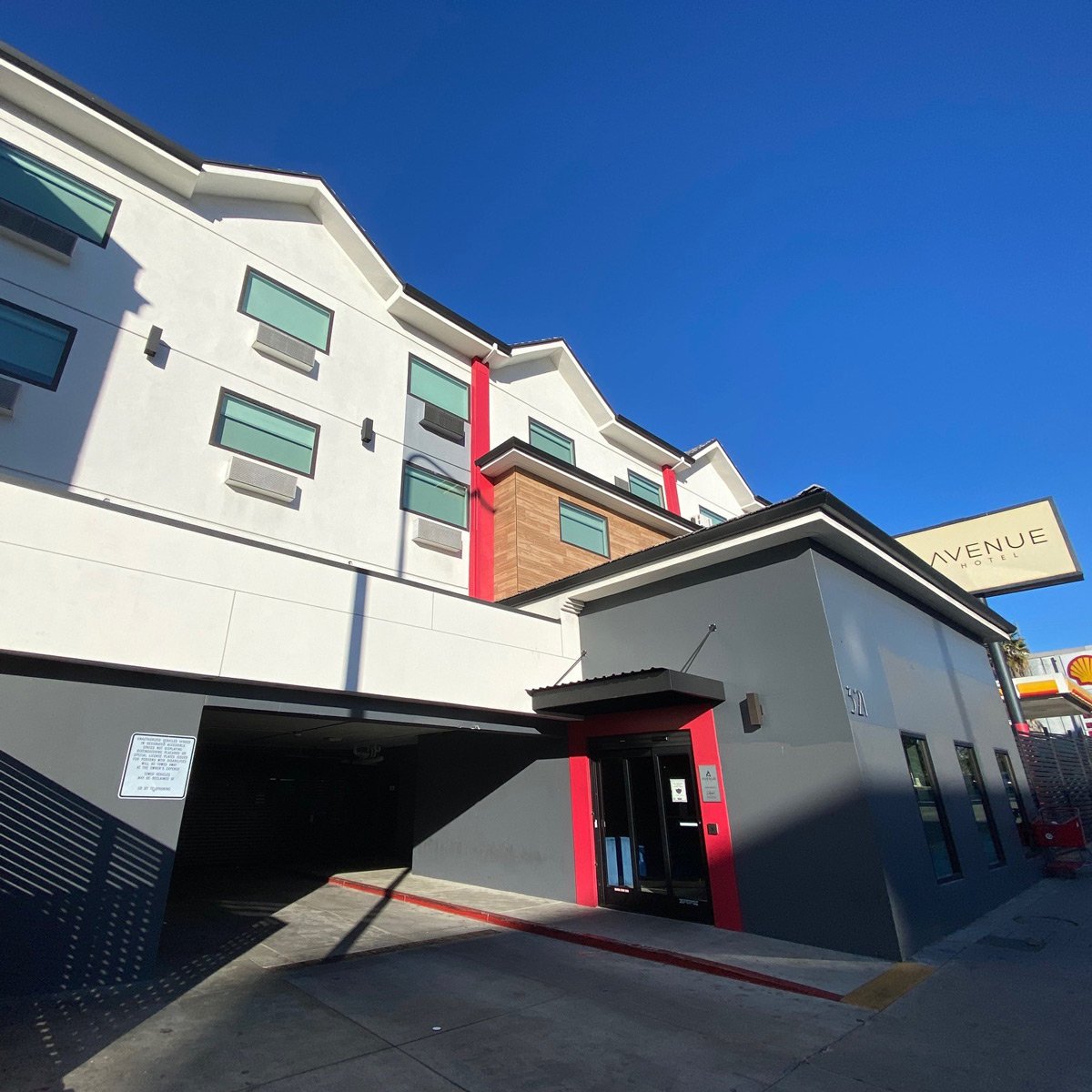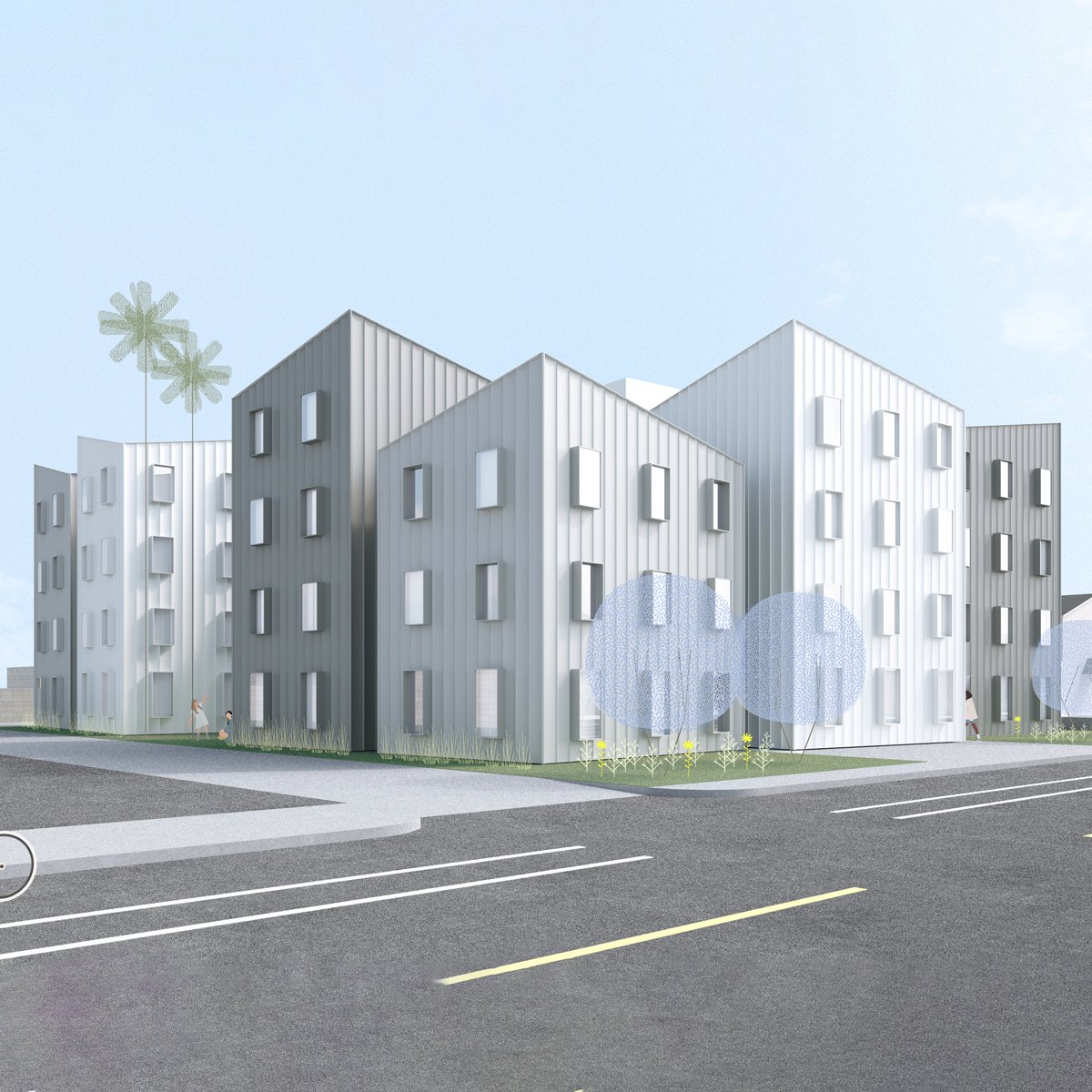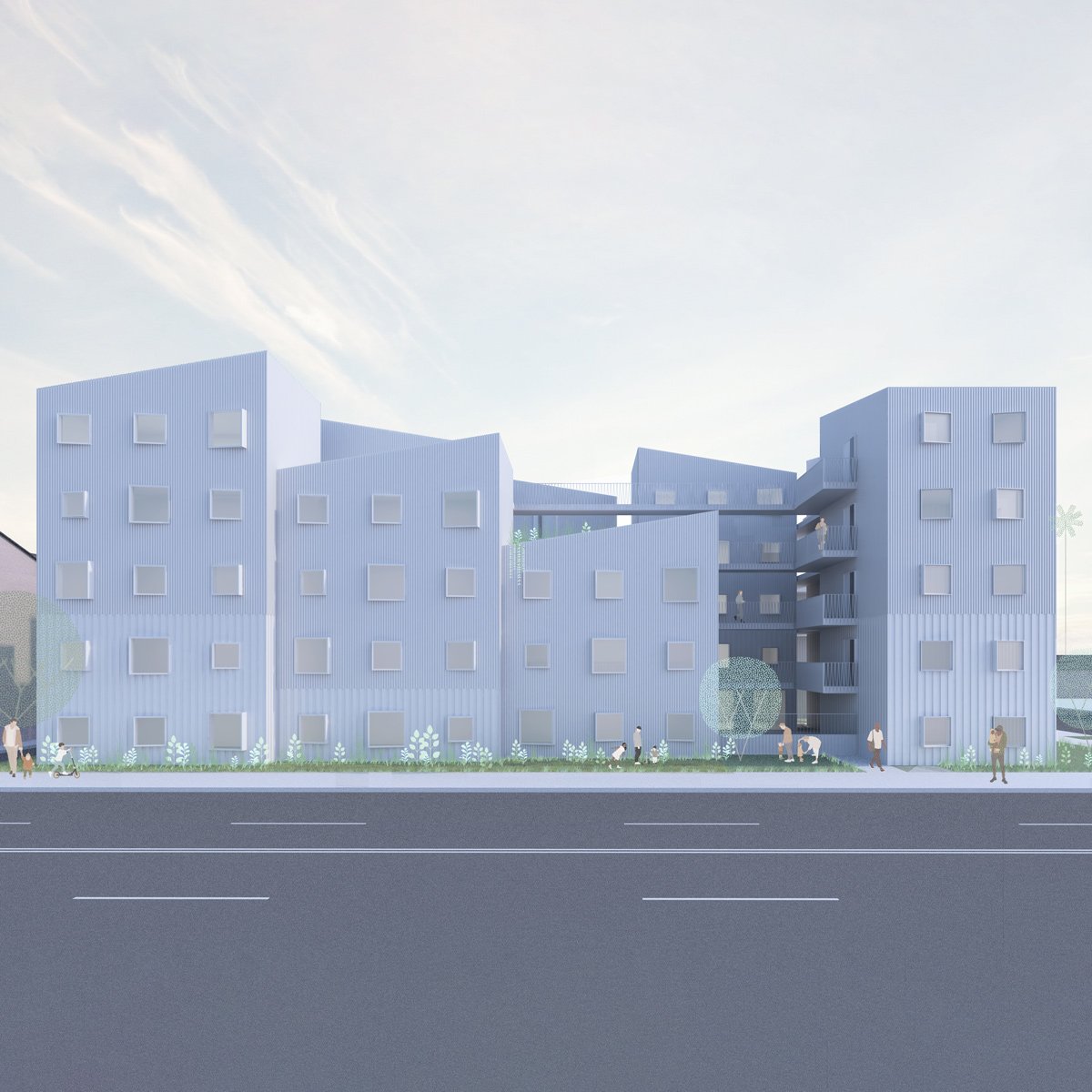How Can We Reimagine Funding Sources For Housing?
One of the major challenges in building housing in Los Angeles and across California comes from the the complex system of financing, where multiple sources of funding are “stacked” - a system that often imposes inefficiencies that can add to developments cost, both directly and indirectly. To make a deal financially feasible, a typical group of funds for a project, known as a “capital stack,” looks like a mix of funding sources, including a combination of tax credits like the commonly-used Low Income Housing Tax Credit, commonly known as LIHTC. Other sources can include bank loans, state/county/city funds, and equity from investors. Balancing the needs, requirements and reports that each funding source requires means that affordable housing projects take longer to build, especially as funds aren’t coming in at the same time.
As Holos Communities has explored how to build more homes faster, we’ve realized that we need to focus our efforts to creating replicable models that achieve this, drawing inspiration from successful cities like Vienna, new financing models, and collaboration with partners. Our end goal is to reach a financing model that moves away from the capital stack model, which holds back production of homes, and towards a model that streamlines funding and expedites construction of homes for the unhoused through different funding sources and cost-saving measures.
“Balancing the needs, requirements and reports that each funding source requires means that affordable housing projects take longer to build, especially as funds aren’t coming in at the same time.”
Our first iteration of this model is made possible by Project Homekey, a California-specific initiative that was born during the COVID-19 pandemic as a way to quickly provide homes to the unhoused most at danger of contracting the virus. Over the years, it’s expanded to an initiative that provides all funding through one source (as opposed to the traditional capital stack method) to refurbish hotels and motels, turning them into permanent housing.
Through this model, Holos Communities has taken steps to turn two previous motels in Los Angeles and Whittier into permanent homes for 172 individuals! Avenida, our Project Homekey site in Los Angeles, will be completed in 13 months, opening later this May at a much lower cost and faster timeline than the average 6-year timeline. Laurel Grove, our Homekey site in Whittier, will be completed in approximately a year and cost a fraction of a typical affordable housing development. The savings from both projects mean that they can offer more features for tenants, while supporting the environment. For example, since both sites are rehabilitation projects, they avoid the carbon emissions that come from new construction. Additionally in the case of Laurel Grove, tenants will benefit from a Living Lung - an extensive landscape of carefully selected trees and plants that reduces contaminants from the air and noise pollution from the adjacent 605 freeway. Laurel Grove will also contain a pocket park open to residents and the entire community, and a greywater system that will irrigate the park and the Living Lung.
At Holos Communities, we’re also working to develop our Advancements team, who focuses on developing ways to fund projects without the use of commonly-utilized tax credits like LIHTC. This goal allows for us to sidestep the delays associated with tax credits, while expediting the construction of homes. Safe Harbor 1 and Safe Harbor 2, built in conjunction with Flyaway Homes, are the first projects brought to life by the Advancements team, and will not use tax credits for their construction. Additionally, the design for both sites eliminates a commonly-used concrete podium and calls for modular construction (as seen in our Isla Intersections site), further reducing the cost of construction.
In the long term, the end goal is to get to a point where we go beyond the funding models, but also work to create safety nets for tenants, as well as a balance of integrated, mixed-income populations to foster economic mobility. Last September, Holos CEO Cristian Ahumada had the opportunity to visit Vienna, Austria to learn about their housing models. Vienna's two sources of permanent funding for housing include:
1% Federal Income Tax
Loan Repayments
Ground Leases
Rental Income
This model has had substantial success for Vienna, yielding over $487 million dollars per year. By comparison, Los Angeles rarely spends more than $100 million on housing each year, even though it has nearly twice the population of Vienna.
““In Vienna you cannot tell a person’s income by their address.” ”
In Los Angeles today most funding sources restrict developers from duplicating these simple models. The complexity of existing funding products prevents us from scaling up housing like in Vienna. Instead of focusing our energy into producing more housing, we are restrained by the current funding models, forced to work around the restrictions and compromise units, time, and money. In the process of solving the Rubik's cube and making sure all the colors match, we further hinder the reach we could have to communities which have been historically marginalized and prolongs the journey to affordable and stable housing for all.
There is a significant body of evidence that links adequate and affordable housing to benefits in health, education, and economic opportunities. The process of housing improvement is often a ladder out of poverty for families. These changes benefit the larger community, reducing inequality and building resilience against economic and natural disasters. Without significantly transforming the way we plan, build, and manage our urban areas, Governments will not be able to curb the housing crisis, much less build climate resiliency nor address systemic injustices in our housing system. These challenges necessitate the creation of new funding models that speed up the development of housing in Los Angeles and beyond.
Dylan Coyle
Dylan is the Projects Manager for Holos Communities’s Advancements Department, where he leads a team that’s committed to finding creative ways to build permanent supportive housing without tax credits.
You can read Dylan’s full bio here.





